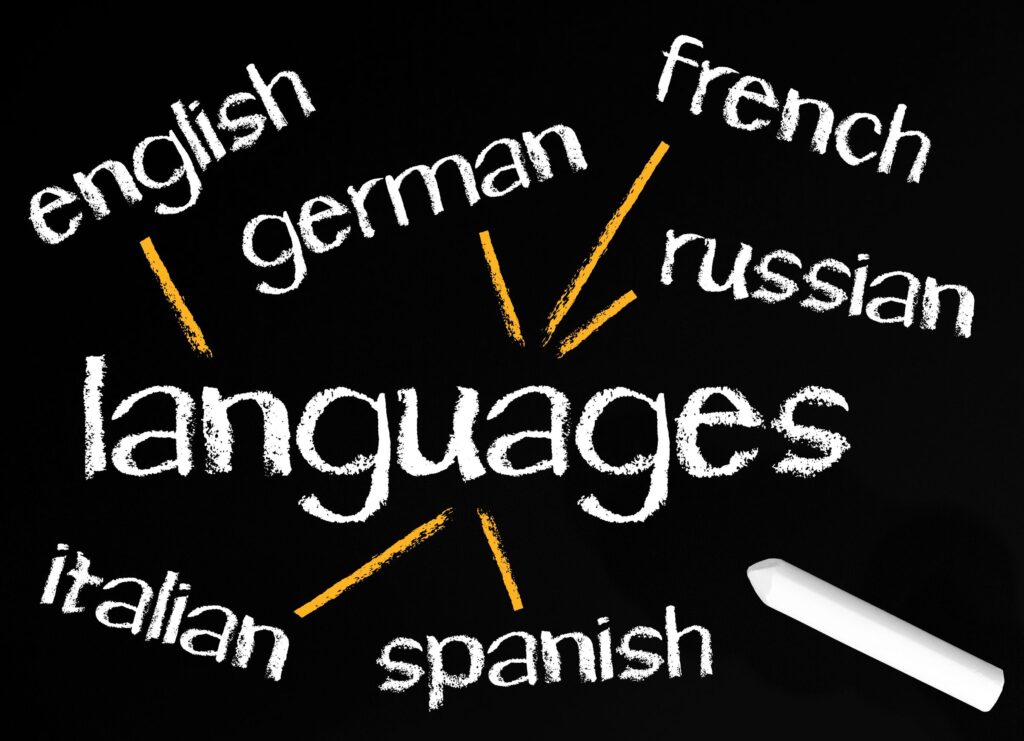Why is language interpretation important in education?
Language interpretation is quintessential in education as public schools are polylingual, helping a large number of students and families who do not speak English as the dominant language.
The main school curricula are concentrated on having access and acquisition to certain languages, and this carries a big part of their responsibilities as educational institutions. However, there are countless cases when students speak English proficiently or have a quasi-native level, this often does not stand with their families. Therefore, schools are required to offer language access accommodations for such families who do not speak English.
The pivotal function of language interpretation in education and those working in this field is to facilitate communication among deaf and difficult of hearing students and other parties, not to exclude teachers, associates, and other facility providers.
Those working as language interpreters in educational institutions act as an undividable element of the educational staff by commenting about the process of language interpretation and by giving their contribution to the debate of how appropriate interpretation services are within a specific place. In addition to this, they should carry out their duties while not being asked to interrupt this activity, because if the interpreter is not in the classroom, the access to communication of the student will not be fully complete and effective.
Are schools required to provide language interpreters?
When it comes to language access and interpretation, this has been made clear and extended by means of executive orders and federal agency regulations. Executive Order 13166, passed on in 2000, makes it compulsory for all federal departments, including the Department of Education, for developing a system, the main mission of which would be tackling or even removing the language barriers. In this way, people whose mother tongue is not English can have broader and more effective access to programs and services.
In addition to this, the American Department of Education obliges all state educational institutions and also local school districts to follow these regulations and responsibilities. In other words, families that are not proficient in English will be provided free information in their mother tongue by schools and other educational institutions. In this way, they can become an integral part of their child’s education.
Furthermore, in the student’s success at school, the participation of parents is of critical importance. If their participation is possible through language interpretation, their children are also open to a wide range of opportunities for further development. Consequently, all children must have equal access to a fine education with all the standards and qualities required, and all families should have equal access to their child’s education.
What are the most commonly used languages in school?
Now let’s get to languages taught at school – the most common ones. A relevant American cultural institution – The Modern Language Association, trails admission in language courses at the college level as a method to evaluate the frequency people study different languages and cultures.
The two top languages studied in the U.S. resulted to be Spanish and French, with a slight decrease by an average of 10.5% in the 2010s. The overall registration saw a drop by only 9%. When it comes to the top ten languages, the only language that showed an increase in the enrolment numbers was Japanese, with Korean following the list with a considerable increase.
There is an issue that must be discussed here. Only twenty percent of the students in the United States learn foreign languages at the K-12 level. This percentage decreases even lower at the college level, with 7.5 percent of students registering in a foreign language program. One of the reasons that colleges have increasingly dropped the requirements for foreign language courses. Another reason might be simply that students do not actually see any opportunities in the future if they study a foreign language, so they make a U-turn when thinking of choosing such courses.



